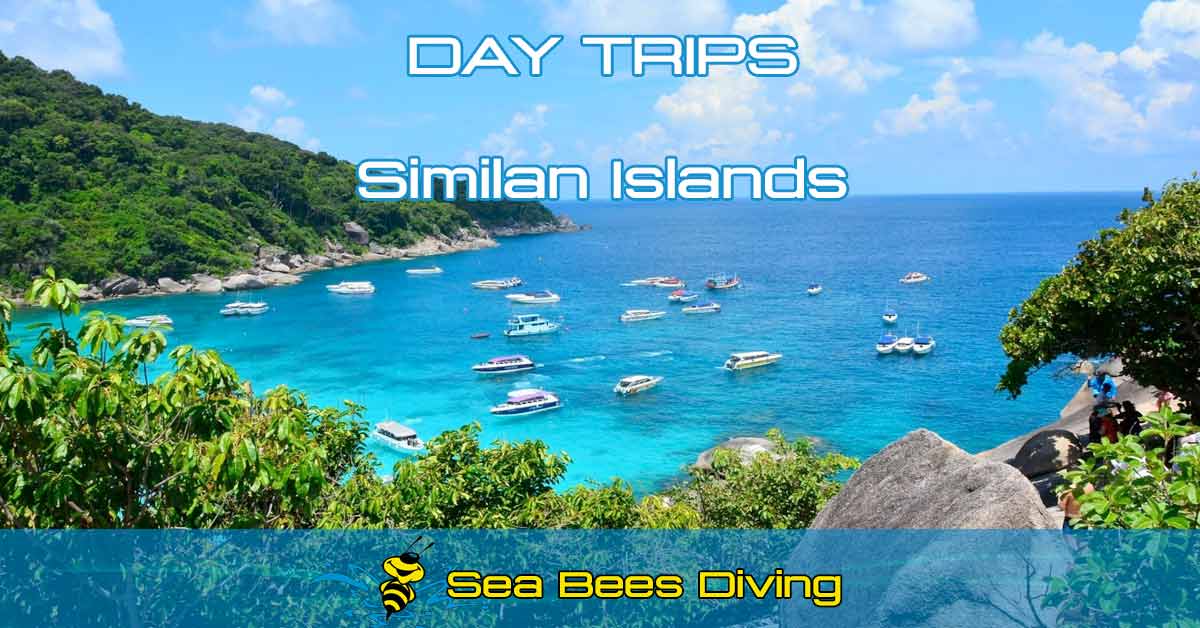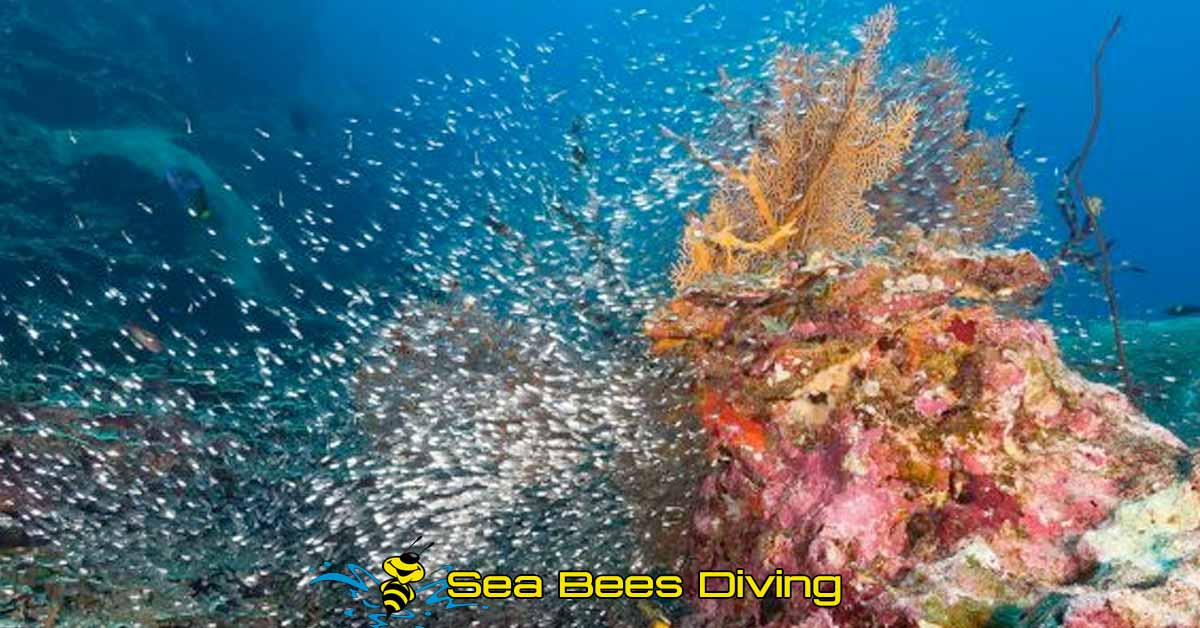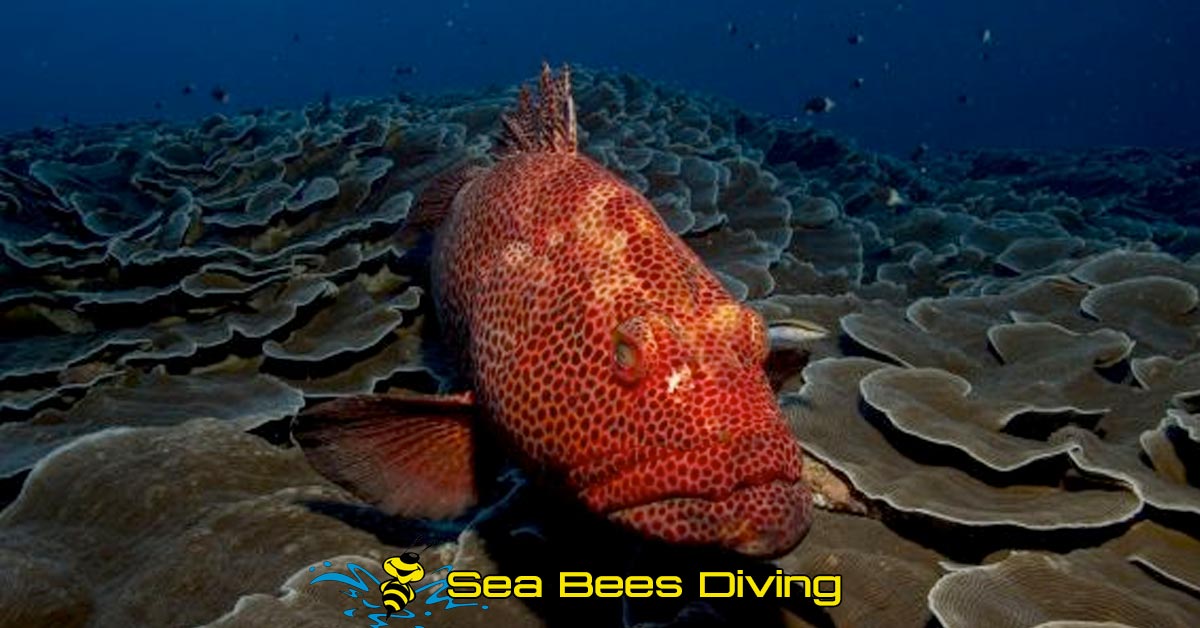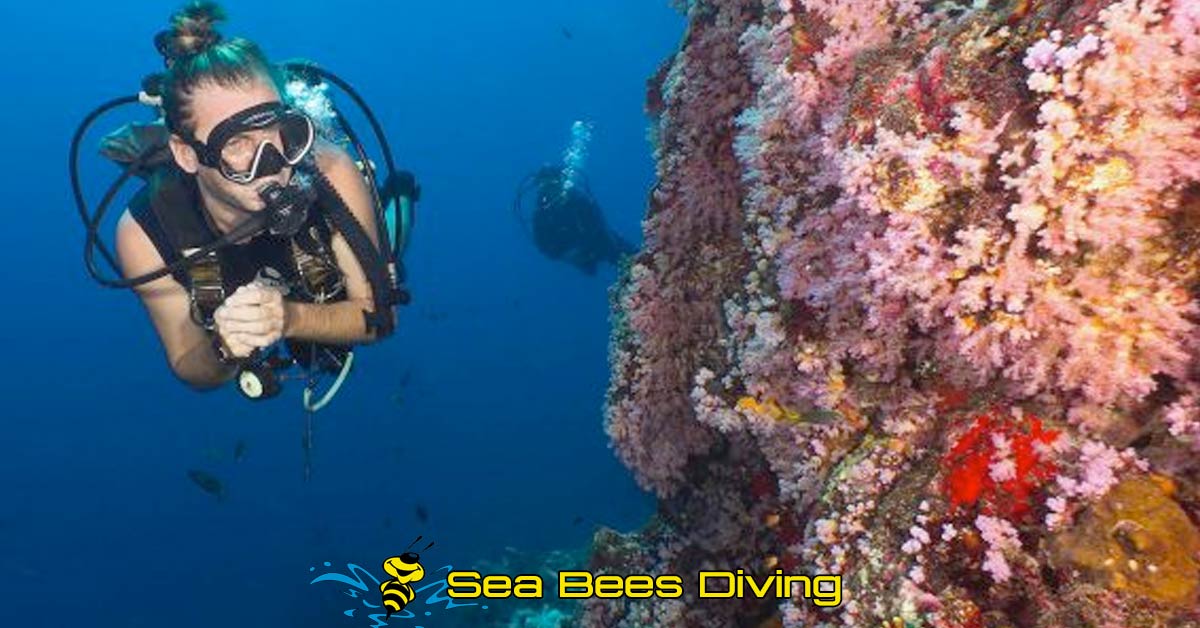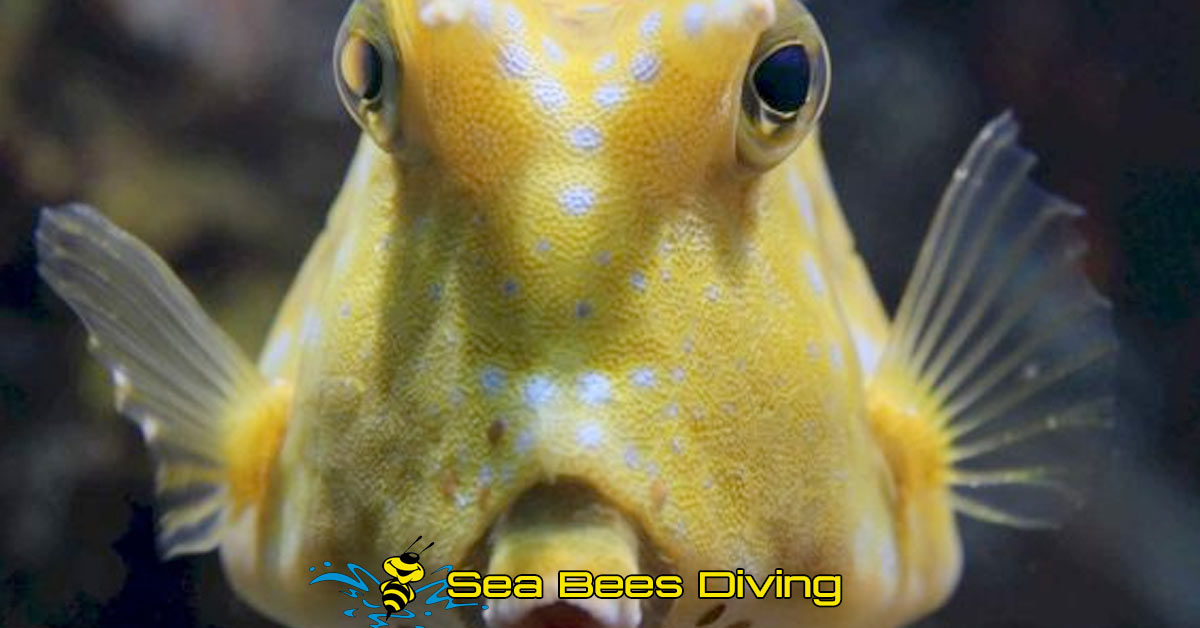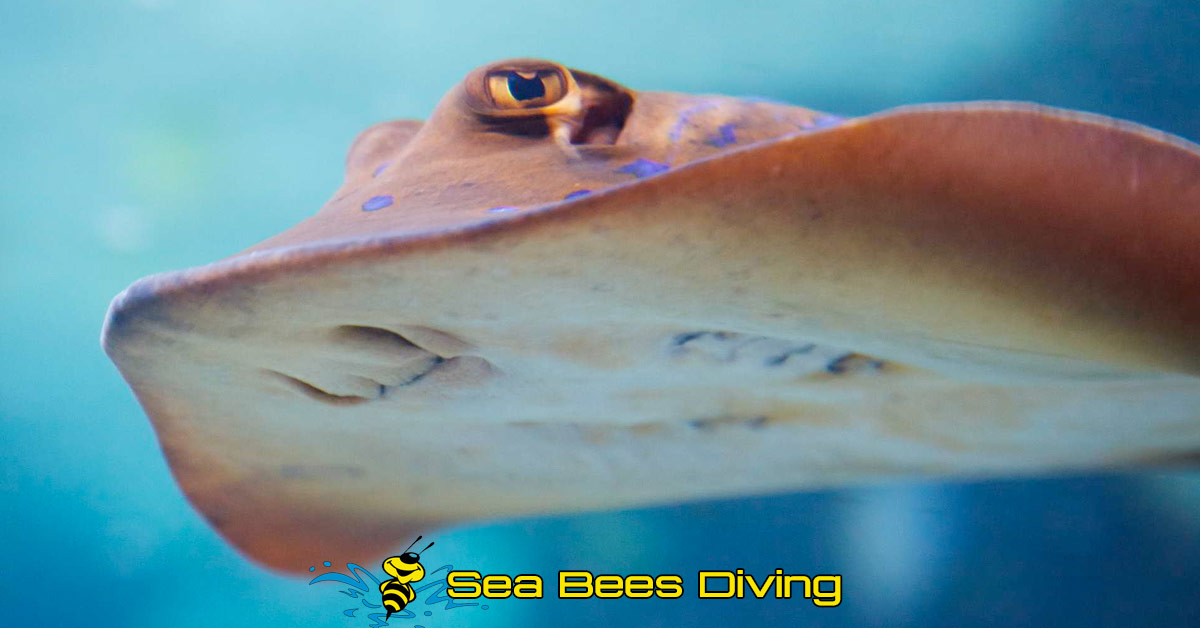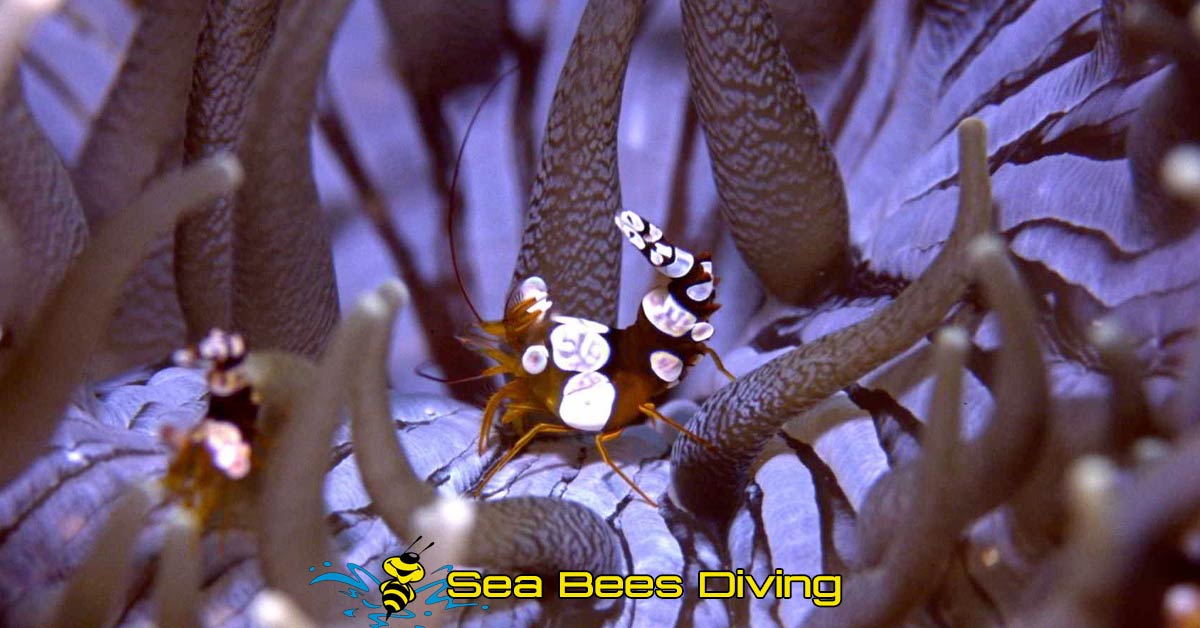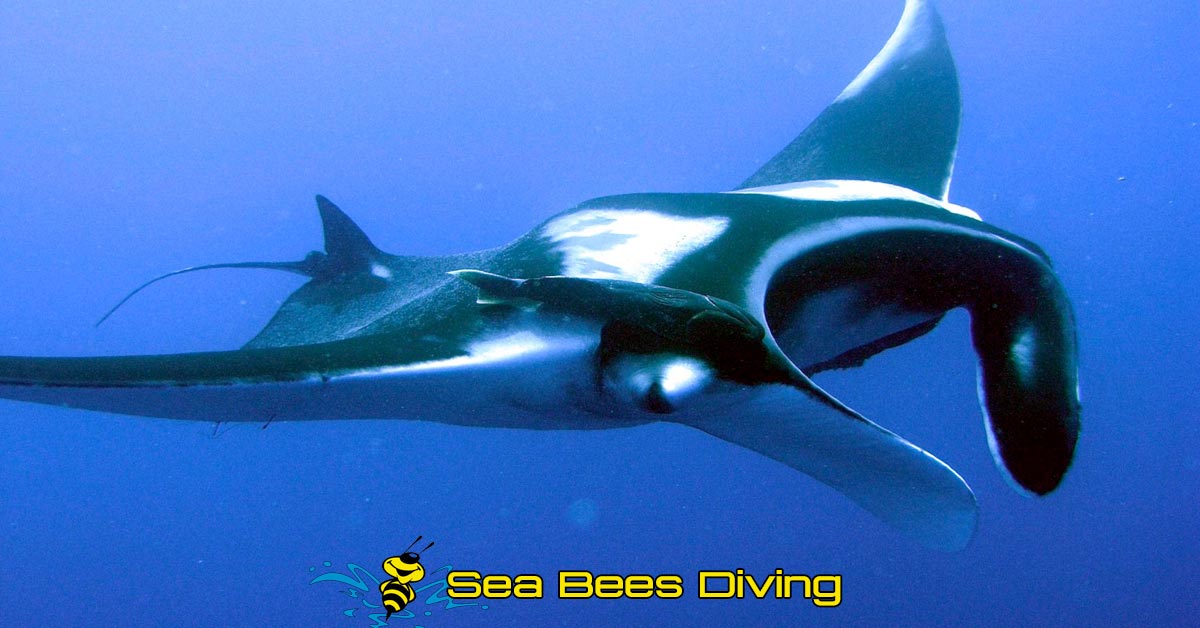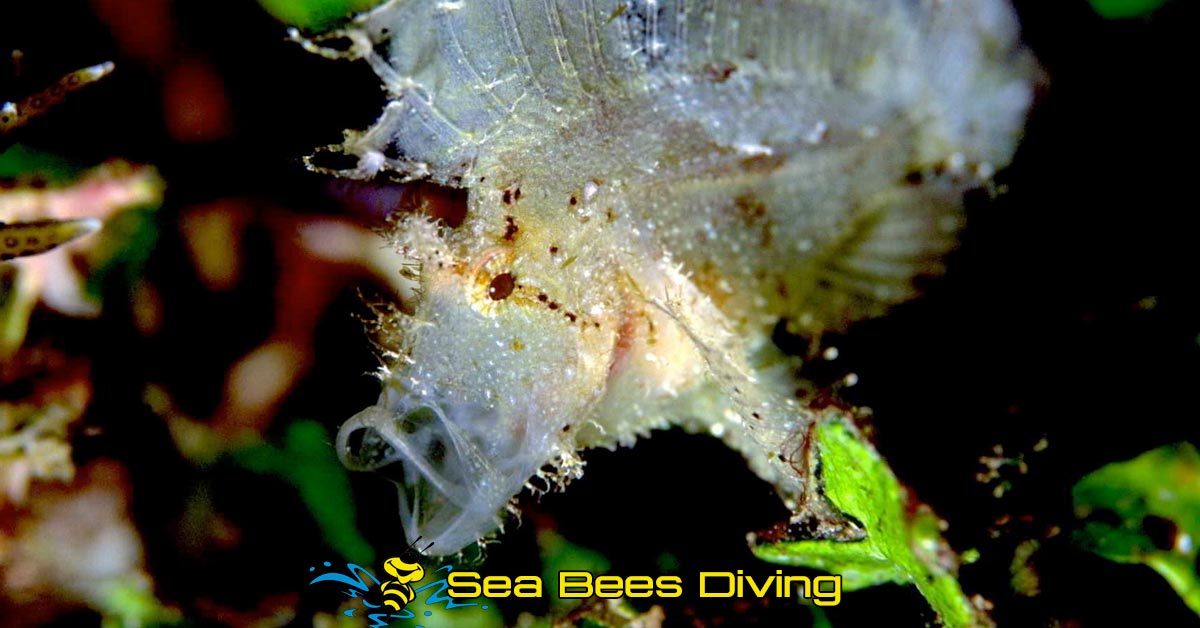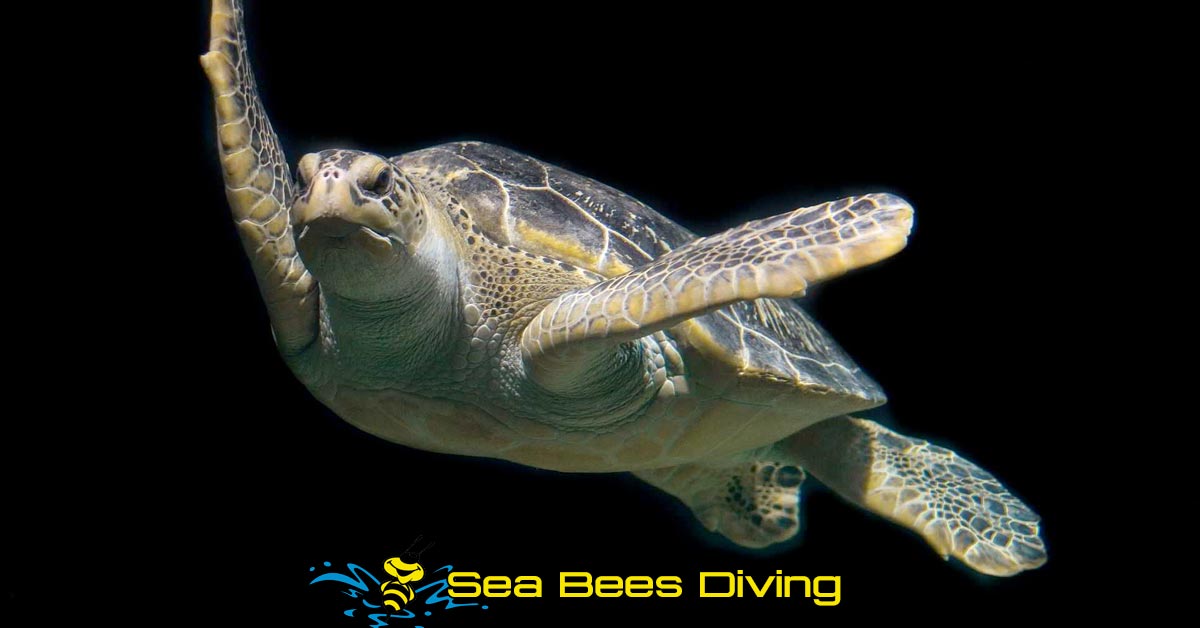Scuba Diving at the Similan Islands
All you need to know
Mu Koh Similans National Park
When we talk about divesites in Khao Lak we usually think about the stunning Similan islands and the sites a bit further North, such as Koh Bon and Koh Tachai, which are all part of the Mu Koh Similan National Park. Whether from a daytrip boat or a liveaboard cruise the Similans are simply a must visit location in the South of Thailand.
On this page we will give you all the information you need to know in order to plan your dive or snorkeling trip to the Similan Islands.
WHAT KIND OF DIVING WOULD YOU LIKE TO DO AT THE SIMILANS?
WHAT TO EXPECT SCUBA DIVING AT THE SIMILAN ISLANDS
Answers to the most common questions
![]()
Good to know about diving at the Similan Islands
The islands are located around 50km west of the coast in the open ocean and thus are accessible only by boat. Most dive boats leave from Tap Lamu pier, which is just a few minutes south of Khao Lak.
The Similan Islands are a national park and open from November to April.
Scuba diving at the islands is limited to these months!
How to get to the Similan Islands
The only way to get to the Similan Islands is by boat. Speedboats, daytrip boats and liveaboards are all bringing scuba divers there.
Our Sea Bees daytrip boat can bring you to the Similans in less than 2 hours. And we run 2 liveaboards with 3 and 6 day trips.
When is the best time to dive the Similan Islands
The best time for diving here is during the main tourist season from December to April, with best chances of mantas and whale sharks from February onwards. The nationalpark is only open from November to mid May. Therefore we also operate only during this time.
From mid of May to end of October we recommend to have a look at our offers for scuba diving in Phuket.
How is scuba diving in the Similans during the rainy season?
Since the Similan Nationalpark is closed during the rainy season there is no diving in the Similans during the rainy season.
During these months we recommend divers to choose diving in Phuket instead.
Location and how to get to the Similans
The islands are located around 50km west of the coast in the open ocean and thus are accessible only by boat. Most dive boats leave from Tap Lamu pier, which is just a few minutes south of Khao Lak.
But there are also several liveaboards that drive overnight from Phuket to the Similans. One of them is our very own Marco Polo.
Depending on the type of boat and its starting point it takes from 90 minutes to 10 hours to get to the Similans.
From Phuket the only way to get there is by liveaboard, which takes usually around 8-10 hours. So the boats leave in the evening and drive through the night.
From Khao Lak there are three options for divers to get to the Similans:
By speedboat
Many dive centers use speedboats to bring divers quickly to the dive sites. This is, however, not the most comfortable way. Speedboats are fast but offer little comfort and space. If there is only a bit of waves you are in for a very rough ride.
By larger daytrip boats
The much more comfortable way to get out to the islands is on a daytrip boat. They come in a variety of sizes and classes. But always offer more comfort than a speedboat. With seating areas, sundeck, galley and a larger dive deck as well as proper toilets these are a good choice for a daytrip to the Similans.
However, most of the daytrip boats are rather slow. Usually the trip on such a daytrip boat takes around 3,5 hours. At Sea Bees we operate a modern highspeed catamaran that combines all of the comfort of a daytrip boat with the velocity of a
With our MY Sundancer we can get to the Similans in less than 2 hours without compromising on comfort!
By liveaboard
If you want to really experience Similans Island diving at its best than a liveaboard trip is your best choice. You can dive up to 4 times a day, be at the dive sites before every one else and after the daytrip boats have long left.
There are several options of liveaboards to choose from. At Sea Bees we operate two boats that run 6 day / 6 night and 3 day / 2 night trips to the Similans as well as Koh Bon, Koh Tachai and Richelieu Rock further north.
Scuba diving the Similan Islands – What to expect
The islands themselves are absolutely stunning. With their white sandy beaches and granite boulders surrounded by crystal clear turquoise water the views above the water are as beautiful as it gets.
Underwater it is a similar experience.
Visibility is usually more than 25-30+ meters.
Offering a great view on the rock formations, boulders and coral gardens, which would be best described as an exciting playground for divers.
Dive sites on the east coast of the islands are fringing reefs with hard corals, gorgonian sea fans and patches of soft coral in between. They start shallow and usually end in around 25-30m.
Some of these sites have been hit by coral bleaching a few years back and thus have been closed for divers to give the corals time to recover.
However, most dive sites remain open and there are still more than 20 different divesites to choose.
Many of them on the west coast and tips of the islands.
Spectacular rock formations with boulders, tunnels, swim throughs and lots of fun
The main attraction of diving the Similans islands for many divers are the dive sites on the western sides of the islands as well as the southern and northern tips, which are all open for divers.
Dive sites here tend to be a bit deeper, below the recreational dive limit of 40m, with stronger currents on some days and offer an exciting mix of boulders, wall diving and coral bommies.
This makes them better suited for advanced divers but with the right dive plan everyone can enjoy a dive here.
What can you see diving the Similan Islands?
Dive sites such as Elephant Head Rock, Deep Six, Christmas Point or North Point are nothing less than spectacular with tunnels, swim throughs and canyons.
But of course you can also see corals here, soft corals, large sea fans and table corals.
Marine life is plentiful with the typical reef fish, moray eels, scorpion fish, octopus, cuttle fish as well as a good chance to spot pelagic hunters, such as giant trevally, tuna as well as reef shark.
With a bit of luck there might even be a manta ray or whale shark passing by.
How to dive the Similan Islands?
All dive sites of the Similan Islands are offered by Sea Bees either as a scuba diving daytrip from Khao Lak or one of our Thailand liveaboard tours.
Dive sites north of the Similan Islands
Koh Bon and Koh Tachai north of the Similans but also part of the same national park.
Dive sites north of the similans are only accessible during one of our Thailand liveaboards.
Despite being less well known than the Similan Islands they leave nothing to be desired.
In fact for many divers they are the actual highlights in this part of the Andaman Sea.
Koh Bon is a cleaner station
This attracts plenty of manta rays, which come here from January to May. During these months it is very rare not to encounter at least one of these gentle giants during your dive there.
But not only manta rays can be found here. Also the occasional whale shark, eagle rays, tuna, wahoo and other larger predators are a common sight.
But it's not only the bigger fish that divers love about this dive site. Soft corals here cover large parts of walls, the western part of the reef is full of hard corals and in between lives an incredible variety of reef fish, mooray eels, octopus and other interesting marine life.
Koh Tachai is an island
It offers similar views as the Similans, with beautiful sandy beaches, crystal clear water and granite boulders. As the island is closed for daytrip tourists it is very quiet and serene. Below the surface the main attraction here is a dive site called Twin Peaks or The Pinnacle.
This completely submerged pinnacle starts at 12m below the surface is a dive site that can produce vicious currents, which makes it a site more suited to advanced divers.
The location in the middle of the ocean attracts an incredible abundance of fish. Here divers have a good chance to spot leopard sharks, manta rays and whale sharks, which is one of many reasons why the site is especially popular with experienced divers and the dive guides.
Surin National Park
The Surin Islands are another marine national park close to the Burmese border. The park consists of 5 islands and is still relatively unknown, despite attracting small numbers of daytrip tourist which arrive by speedboat.
Scuba divers can dive at the islands coral reefs and spot the rare napoleon wrasse and bumphead parrot fish.
Richelieu Rock
The main reason for scuba divers to come to this part of Thailand still remains the world famous Richelieu Rock. Discovered by none less than Jacques Costeau it is still one of the top 10 dive sites in the world.
Richelieu Rock is a almost completely submerged rock formation that only breaks the surface during low tide. As it is the only reef far and near it it beaming with life and also is a cleaner station for the pelagic giants of the ocean.
While around 20-25 years ago some dive centers offered a guarantee to see a whale shark here, it is more the incredible abundance of marine life that attracts so many scuba divers to this site. And of course, the chances to spot one of the largest fish around is still not too bad.
Best time for whale sharks here is between February to April. But the diving is spectacular any time of the season.
Schools of fish, barracudas, mating cuttlefish, frogfish, sea horses, harlequin shrimp and many, many other rare critters can also be seen during every dive.
The only way to dive at Richelieu Rock is during a liveaboard safari. Since the site is so far away from everything else the boat stays there for a whole day allowing plenty of time to explore every part of it.
Liveaboard diving at the Similan islands
From Khao Lak we operate the MY Genesis, which alternates 3 day / 2 night trips to the Similans with a north tour to the Surin Islands, Richelieu Rock, as well as Koh Bon and Koh Tachai.
From Phuket we offer a 6 day/6 night dive safari, which starts at the Similan Nationalpark and travels all the way to the Surin Islands and Richelieu Rock.
More information about our Similan Island liveaboard tours.
Yearly closure of the National Park
Please note that the Similan Islands Nationalpark is closed every year in the green season to give nature time to recover from all of the tourists that come here during high season.
The park is closed from 15th of May until 15th of October.
No trips are going to the islands during these month and scuba diving is strictly forbidden.
If you are planning to come diving in Thailand during these months it would be better to plan for scuba holidays in Phuket.
But from November to April the Similan Islands are the best place for scuba divers in Thailand!
You would like to join one of our next trips? Than don`t hesitate to contact us now to find out more.





